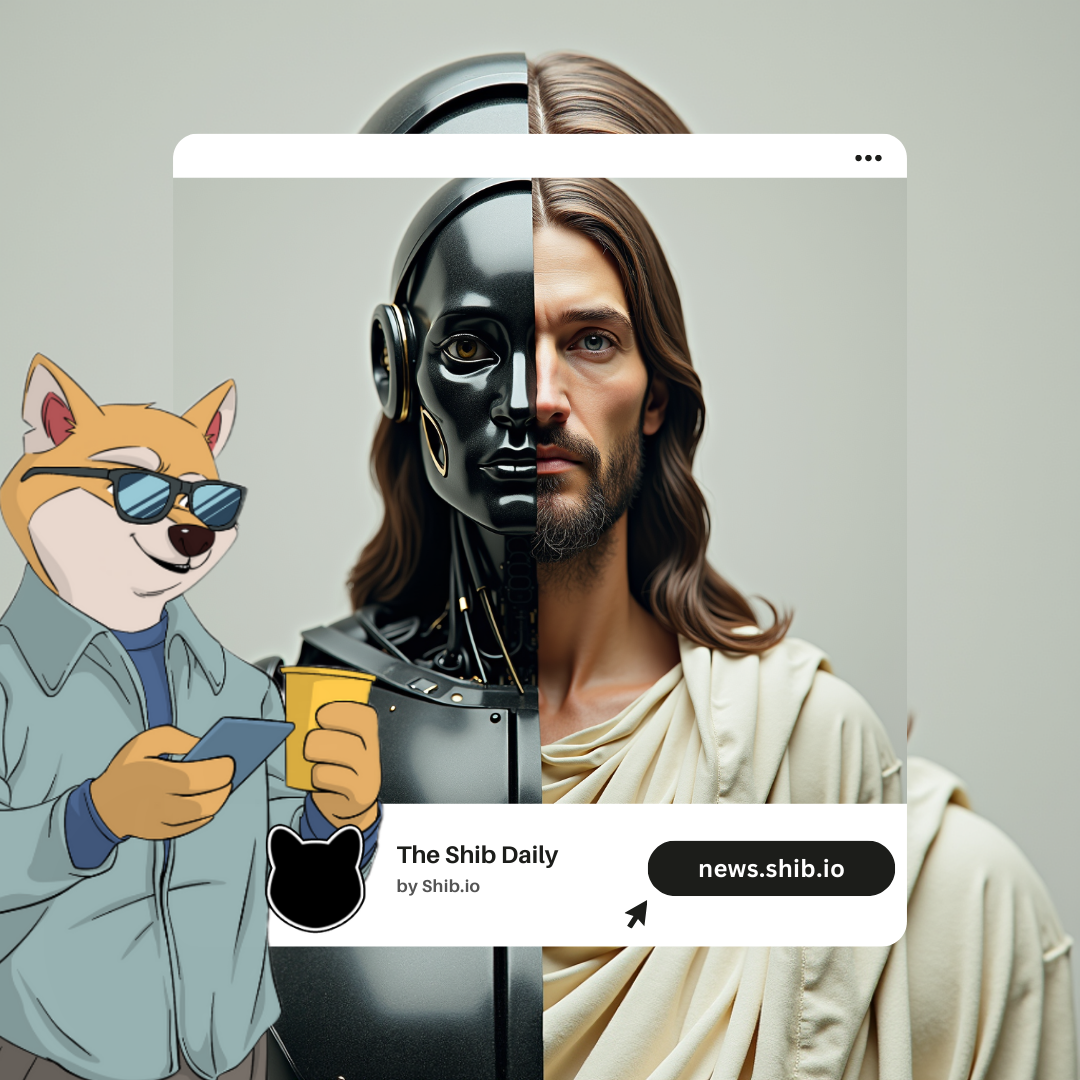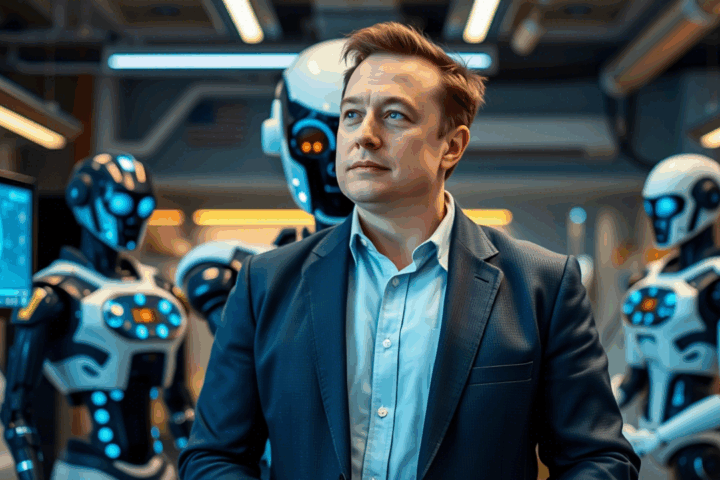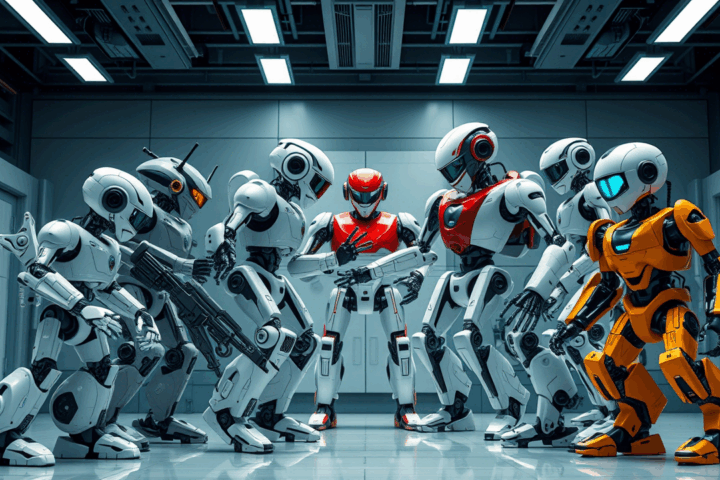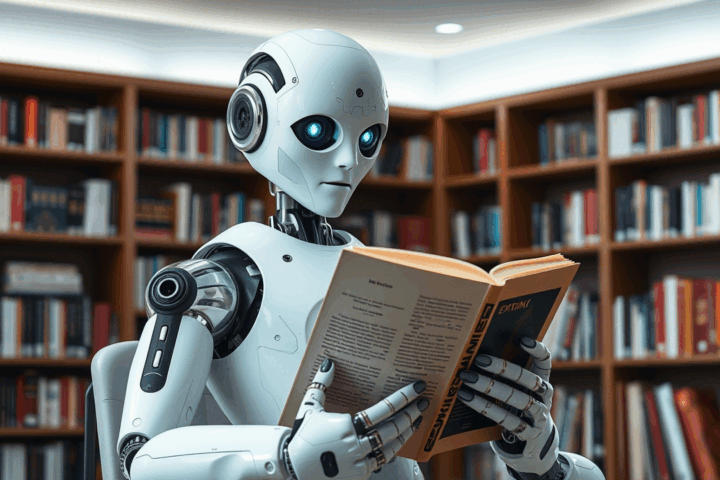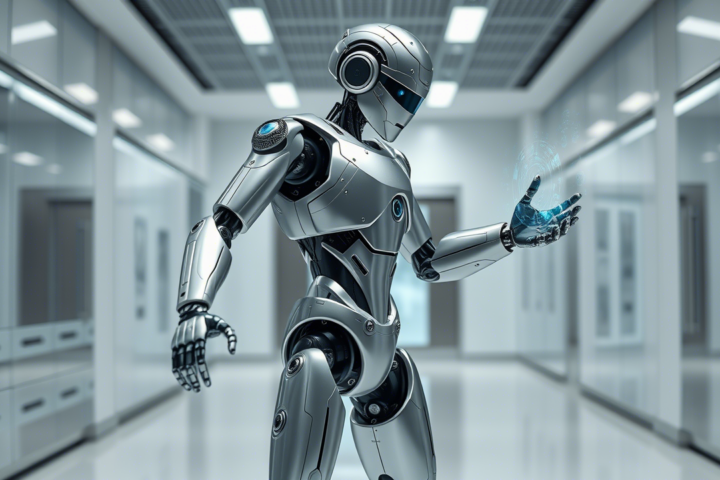An AI Jesus in chapel in Switzerland, introduced as part of a two-month experiment, has sparked widespread criticism and debate.
The “Deus in Machina” project, which debuted in August, took place in St. Peter’s Chapel in Lucerne, Switzerland’s oldest church. The artificial intelligence-depiction was developed by Philipp Haslbauer, an IT expert from the Lucerne University of Applied Sciences and Arts, in collaboration with the chapel’s theologian, Marco Schmid.
According to the Associated Press, Haslbauer said that the project was powered by OpenAI’s GPT-4o model and an open-source version of the company’s Whisper technology.
Haslbauer explained that the project utilized an AI video generator from Heygen to create voice and video representations based on a real person. Addressing concerns about safeguards, he stated, “because we observed GPT-4o to respond fairly well to controversial topics,” no additional protections were implemented.
The “Jesus” avatar, displayed on a computer screen within a confessional booth, engaged visitors by answering questions on faith, morality, and modern-day issues. It provided responses grounded in Scripture and was capable of communicating in over 100 languages.
“Topics like relationships, love, topics like about God, they ask him what to do,” Schmid explained.
Following their interactions with AI Jesus, visitors completed questionnaires that revealed most participants were between the ages of 40 and 70. While the majority identified as Christians, the booth also attracted individuals from diverse backgrounds, including agnostics, atheists, Muslims, Buddhists, and Taoists.
Researchers and religious leaders involved in the project revealed that approximately 900 conversations with visitors were recorded and transcribed anonymously, with some individuals returning multiple times. They described the initiative as a significant success, noting that many visitors left the experience feeling deeply moved or reflective, and found the system user-friendly.
AI Jesus: Blasphemous or a Tool for Spiritual Guidance?
Although the findings were largely positive, the project sparked significant debate and controversy on social media platforms worldwide.
Bishop James Long, Presiding Bishop of the United States Old Catholic Church, criticized the project in a TikTok post, describing it as “not sacramental” and “truly just sacrilege.”
Haslbauer shared with the Associated Press that he encountered social media comments describing the experiment as “blasphemous” and “the work of the devil.”
“If you read comments on the internet about it, some are very negative — which is scary,” Haslbauer said.
Schmid emphasized that AI Jesus, presented as a “Jesus-like” figure, was intended as an artistic experiment designed to provoke thought about the intersection of the digital world and the divine.
Additionally, he clarified that the project was not meant to replace human interaction or sacramental confessions with a priest, nor was it intended to serve as a means of conserving pastoral resources.
“For the people it was clear that it was a computer… It was clear it was not a confession,” Schmid said.
The Catholic Church has been grappling with the challenges and potential opportunities presented by artificial intelligence since the surge in public interest following the debut of OpenAI’s ChatGPT two years ago.
Read More
- Elon Musk Sues OpenAI and Microsoft for Alleged AI Monopoly
- OpenAI Faces ‘Artwashing’ Accusations From Artists as Sora Video Tool Leaks
- Google Warns of AI Deepfakes, Crypto Scams, and Fraud Targeting Major Events
Michaela has no crypto positions and does not hold any crypto assets. This article is provided for informational purposes only and should not be construed as financial advice. The Shib Magazine and The Shib Daily are the official media and publications of the Shiba Inu cryptocurrency project. Readers are encouraged to conduct their own research and consult with a qualified financial adviser before making any investment decisions.

